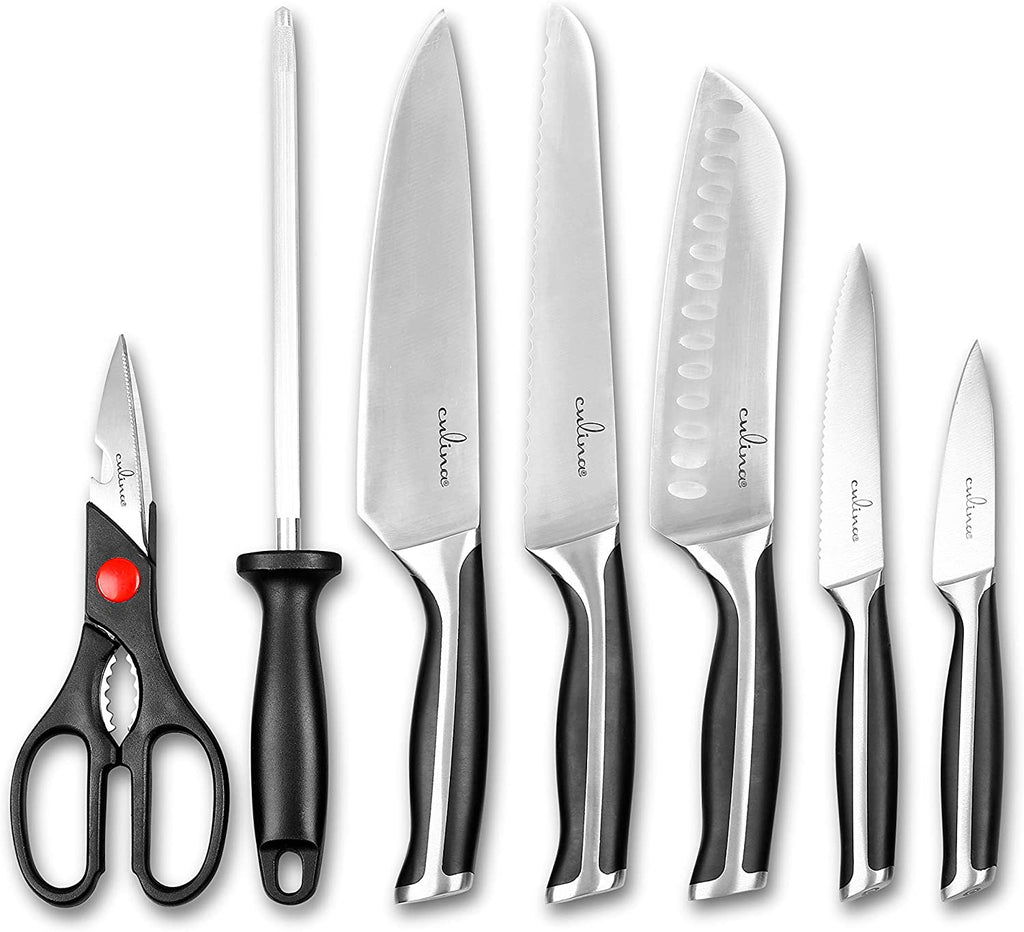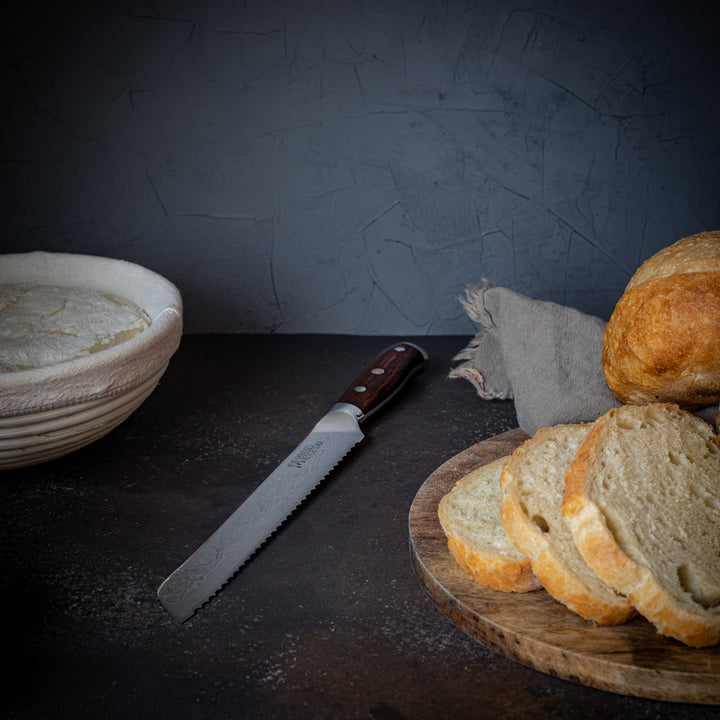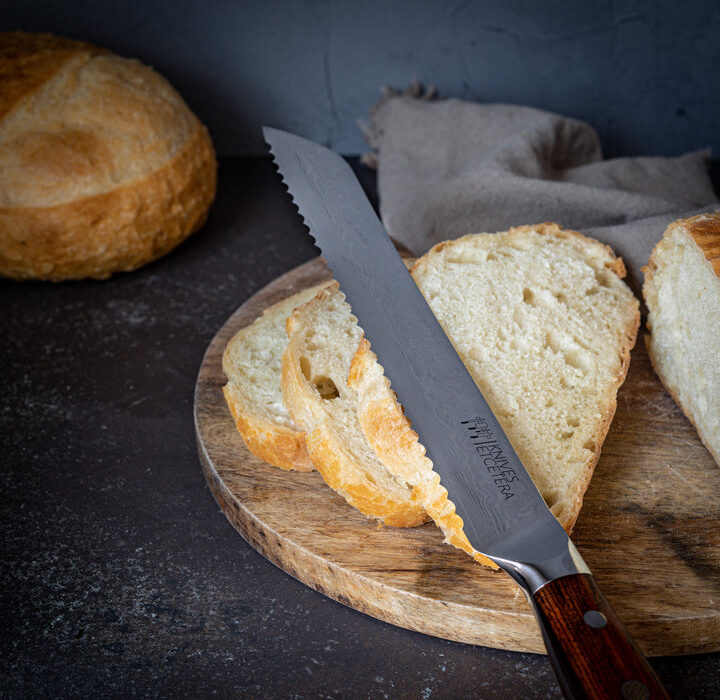If you’re someone who’s passionate about cooking or a professional in the kitchen, you’ve probably asked the question: what type of blade edge does a bread knife have? The bread knife is a unique and crucial tool in anyone’s culinary arsenal, and understanding its blade edge can greatly enhance your ability to slice through various types of bread without crushing or shredding them. In this article, we will explore the different aspects of bread knife blade edges, their purpose, and their maintenance.

Understanding the Serrated Edge
Why Serrated Blades are Ideal for Bread
The most common type of bread knife is the one with a serrated edge. This design is brilliant for slicing through the firm crust and soft interior of a loaf of bread. The serrations, or teeth, allow the knife to grip the surface of the bread as you cut, making it easier to slice through without squishing the loaf.
Moreover, the serrated edge reduces the pressure required when cutting, which means you exert less force, maintaining the integrity of the bread’s structure. This is particularly beneficial when dealing with fresh and delicate bread types like baguettes or sourdough.
How Serrated Edges Work
Serrated edges function by using a ‘sawing’ motion rather than a straight cut. Each tooth of the serrated blade acts like a tiny saw, which helps to break through the crust more efficiently. As a result, your slices come out cleaner and neater, preserving both appearance and texture.

Different Types of Serrations
Pointed Serrations
Pointed serrations are the most traditional form of serrations found in bread knives. These are sharp and penetrate the crust easily but can sometimes be too aggressive for some types of bread.
Scalloped Serrations
Scalloped serrations, on the other hand, are more rounded and gentle. These are particularly good for softer bread as they cause less tearing.
Mixed Serrations
Mixed serrations offer a combination of pointed and scalloped teeth, providing a balance that is ideal for tackling various bread types. This versatility makes them a popular choice for home cooks and professionals alike.

Materials Matter: Whats the Best Blade for Bread Knives?
Stainless Steel Blades
Most bread knives are made of stainless steel. This material is preferred because it is durable and resistant to rust. Stainless steel also retains its edge well, which is crucial for maintaining the cutting effectiveness of the serrations.
High-Carbon Steel Blades
For those seeking even higher durability and sharpness, high-carbon steel knives are a fantastic option. These blades stay sharper for longer periods but require more maintenance to prevent rusting.

Maintenance Tips for Bread Knives
Keeping Serrations Sharp
Even though serrated blades tend to stay sharp longer, they will eventually dull and need sharpening. Special honing rods designed for serrations can help maintain the edge, and professional sharpening services are also available.
Cleaning and Storage
Proper cleaning and storage can extend the lifespan of your bread knife. Hand wash your knife and dry it immediately to prevent rust. Store it in a knife block or a protective cover to maintain its edge.
For more detailed cleaning methods, you can visit this external resource.
FAQs
Why is a bread knife serrated?
A serrated blade is ideal for bread because it grips the crust and cuts through it effectively without damaging the soft interior.
How do I sharpen a bread knife?
Special honing rods for serrated blades and professional sharpening services are the best methods to keep your bread knife sharp.
What material is best for bread knives?
Stainless steel is a popular choice for bread knives due to its durability and resistance to rust.
As an Amazon Associate, I earn from qualifying purchases.


